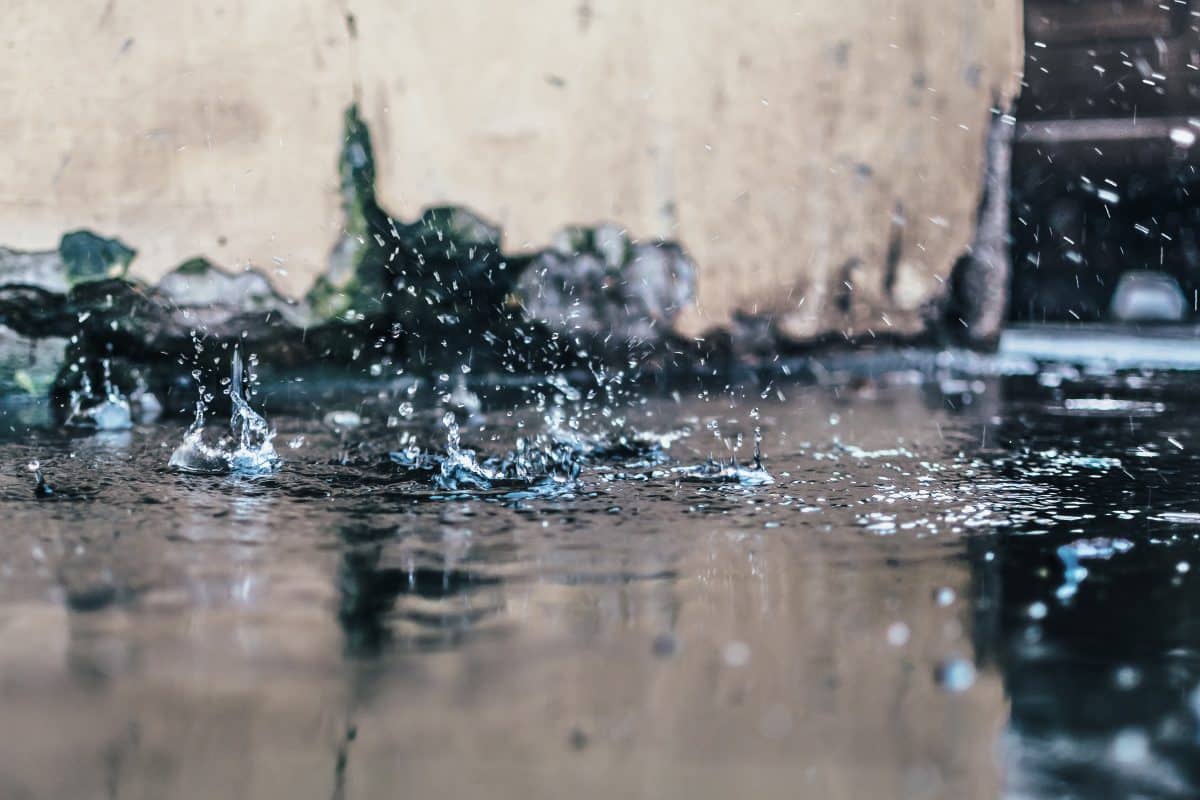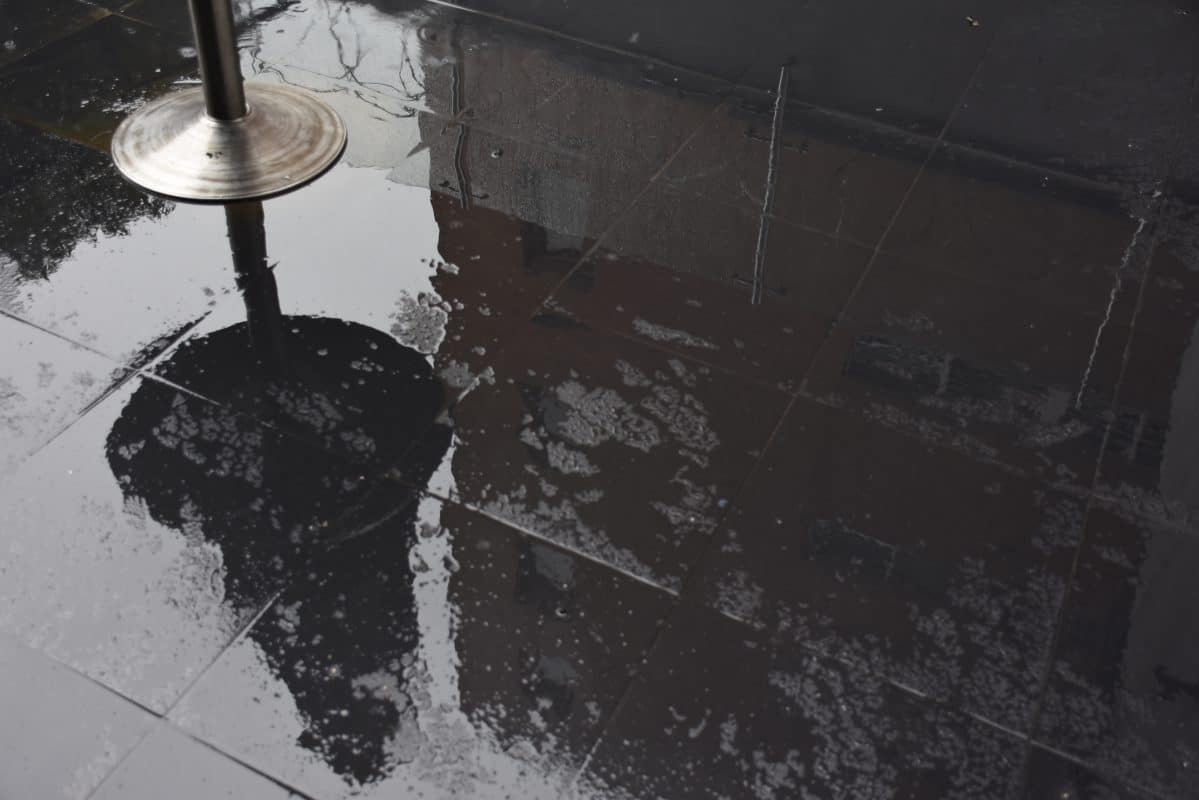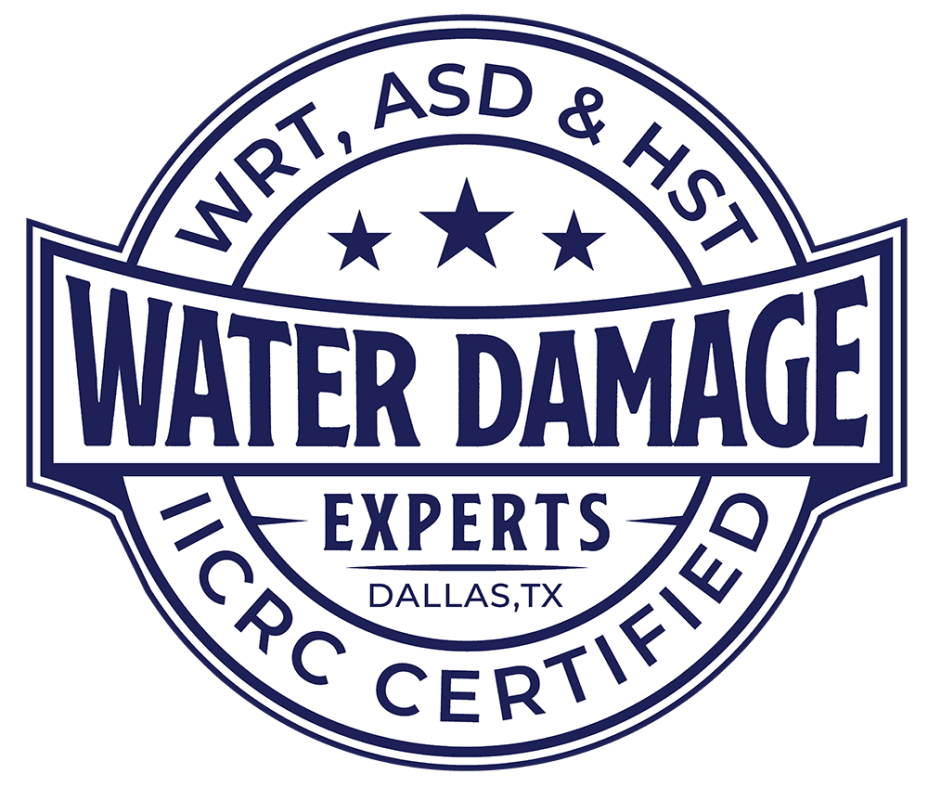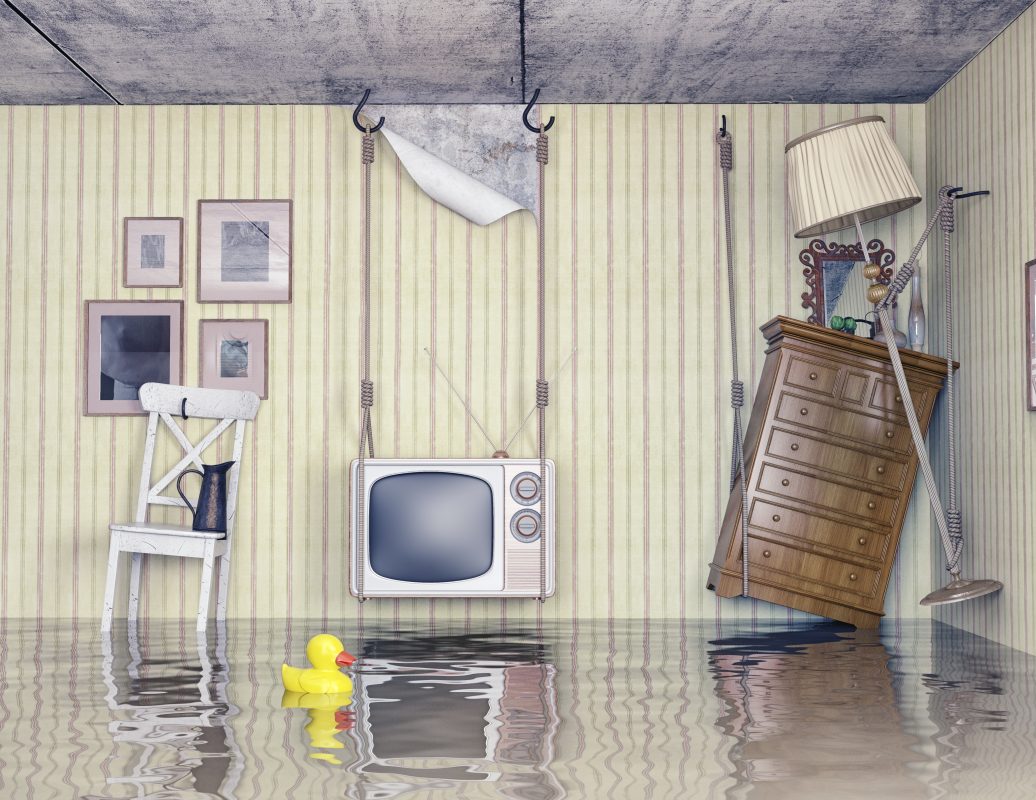Are you confused about the different terms used to describe water-related problems in your home or property? From water damage restoration to water mitigation, water remediation, water removal, and water damage repair, it can be challenging to understand the distinctions between these terms.
In this article, we will dive into the world of water damage and explore the differences between water damage restoration, water restoration, water mitigation, water remediation, water removal, and water damage repair. By understanding these distinctions, you will be better equipped to handle any water-related issues that may arise.
We will provide you with clear definitions and explanations of each term, highlighting their unique characteristics and processes. Whether you are a homeowner, property manager, or just curious about the subject, this article will serve as a valuable resource for understanding the different aspects of water damage and how to address them effectively.
So, if you want to gain a deeper understanding of water damage restoration and its various counterparts, keep reading and get ready to become an expert in the field.
Water Damage Restoration: Definition and Process
Water damage restoration refers to the process of restoring a property after it has been damaged by water. This includes removing excess water, drying the affected areas, and repairing any structural damage that may have occurred. It is crucial to act quickly when dealing with water damage to prevent further destruction and potential health hazards.
The process of water damage restoration typically involves several steps. First, the water source needs to be identified and stopped, if possible. This could be a burst pipe, a leaking roof, or flooding from natural disasters. Once the source is under control, the excess water needs to be removed using specialized equipment such as pumps, vacuums, and dehumidifiers.
After the water has been extracted, the affected areas need to be thoroughly dried to prevent mold growth and further damage. This may involve using industrial fans, dehumidifiers, and other drying techniques. Once the property is completely dry, the restoration process begins, which may include repairing or replacing damaged materials, sanitizing the area, and restoring the property to its pre-damaged condition.
Water damage restoration requires expertise and specialized equipment to ensure that the process is carried out effectively. Hiring a professional restoration company is often recommended to ensure that the job is done properly and to mitigate any potential risks associated with water damage.
Water Restoration: How It Differs from Water Damage Restoration
While water damage restoration focuses on restoring a property after water damage has occurred, water restoration encompasses a broader range of services. Water restoration involves not only the restoration of the property but also the restoration of personal belongings, furniture, and other items affected by water damage.
In addition to the steps involved in water damage restoration, water restoration may include content drying, content cleaning, and content restoration. Content drying refers to the process of drying and salvaging personal belongings, such as furniture, clothing, and documents, that have been affected by water damage. Content cleaning involves cleaning and sanitizing these items to remove any contaminants or odors. Content restoration may involve repairing or restoring damaged items to their pre-damaged condition.
Water restoration may also involve working with insurance companies to assess and document the extent of the damage, as well as filing claims for reimbursement. This additional aspect of water restoration sets it apart from water damage restoration, which primarily focuses on restoring the property itself.

Water Mitigation: The Role of Mitigation in Water Damage Situations
Water mitigation is an essential component of water damage management. It refers to the process of taking immediate actions to minimize the damage caused by water and prevent further destruction. Water mitigation aims to reduce the impact of water damage and prevent secondary issues such as mold growth and structural damage.
The goal of water mitigation is to act quickly and effectively to remove excess water and moisture from the affected areas. This may involve using extraction equipment to remove standing water, setting up drying equipment to reduce moisture levels, and implementing measures to prevent further water intrusion.
Water mitigation often begins as soon as the water damage is discovered. The longer water sits and the higher the moisture levels, the greater the potential for additional damage and mold growth. By promptly addressing the issue and implementing mitigation measures, the extent of the damage can be minimized, reducing the overall cost and time required for restoration.
It is important to note that water mitigation should be carried out by professionals with experience in handling water damage situations. They have the necessary knowledge and equipment to effectively mitigate the damage and prevent further issues.
Water Remediation: Understanding the Concept of Water Remediation
Water remediation is closely related to water restoration and focuses on the process of removing contaminants and restoring water quality. It is often used in situations where water damage is caused by contaminated water, such as sewage backups or flooding from rivers or lakes.
The process of water remediation involves identifying and addressing the source of contamination, removing the contaminated water, and implementing measures to restore water quality. This may include disinfection, filtration, and other treatment methods to ensure that the water is safe for use.
Water remediation may also involve testing and monitoring water quality to ensure that the remediation efforts are successful. This is especially important in situations where the water is used for drinking, cooking, or bathing.
It is crucial to hire professionals with expertise in water remediation to handle situations involving contaminated water. They have the knowledge and equipment to safely remove and treat the contaminated water, ensuring that the property and its occupants are protected.
Water Removal: Importance and Techniques of Water Removal
Water removal is an essential step in the water damage restoration process. It involves the extraction of excess water from the affected areas to prevent further damage and promote drying. Prompt and effective water removal is crucial to minimize the extent of the damage and reduce the risk of mold growth and structural issues.
There are various techniques and equipment used for water removal, depending on the extent and type of water damage. In cases of minor water damage, wet/dry vacuums and mops may be sufficient to remove the water. However, in more severe cases, specialized equipment such as submersible pumps and truck-mounted extraction units may be required.
The water removal process should be carried out by professionals with experience in handling water damage situations. They have the knowledge and equipment to efficiently remove excess water and ensure that the affected areas are properly dried. DIY water removal attempts may not be effective and can result in further damage or health risks.

Water Damage Repair: Restoring the Affected Areas After Water Damage
Water damage repair involves the process of repairing and restoring the affected areas after water damage has occurred. This includes repairing or replacing damaged materials, such as drywall, flooring, and insulation, to restore the property to its pre-damaged condition.
The extent of water damage repair required will depend on the severity of the damage and the affected areas. In some cases, minor repairs may be sufficient, while in more severe cases, extensive reconstruction may be necessary.
Water damage repair may also involve addressing any underlying issues that contributed to the water damage, such as fixing leaky pipes or repairing a damaged roof. It is important to address these issues to prevent future water damage and ensure the long-term integrity of the property.
Professionals with experience in water damage repair should be hired to ensure that the repairs are carried out effectively and to mitigate any potential risks associated with water damage.
Now that we have explored the definitions and processes of water damage restoration, water restoration, water mitigation, water remediation, water removal, and water damage repair, let’s summarize the key differences between these terms:
- Water damage restoration focuses on restoring the property after water damage has occurred. It involves removing excess water, drying the affected areas, and repairing any structural damage.
- Water restoration encompasses a broader range of services, including the restoration of personal belongings affected by water damage.
- Water mitigation involves taking immediate actions to minimize the damage caused by water and prevent further destruction. It aims to reduce the impact of water damage and prevent secondary issues.
- Water remediation focuses on removing contaminants and restoring water quality, particularly in situations involving contaminated water.
- Water removal is the process of extracting excess water from the affected areas to prevent further damage and promote drying.
- Water damage repair involves repairing and restoring the affected areas after water damage has occurred. It includes repairing or replacing damaged materials and addressing underlying issues.
Understanding these distinctions is crucial for effective water damage management. Each term represents a specific aspect of dealing with water-related issues, and knowing when and how to apply them can make a significant difference in the outcome of a water damage situation.
Choosing the Right Service for Your Water Damage Needs
When faced with water damage, it is essential to choose the right service for your specific needs. Hiring a professional water damage restoration company is often the best course of action, as they have the expertise, experience, and equipment to handle the situation effectively.
When selecting a water damage restoration company, consider the following factors:
- Experience and Expertise: Look for a company with extensive experience in water damage restoration. They should have a team of trained professionals who can handle various types of water damage situations.
- Availability and Response Time: Water damage requires immediate attention to prevent further damage. Choose a company that offers 24/7 emergency services with a quick response time.
- Licensing and Certification: Ensure that the company is licensed and certified to provide water damage restoration services. This ensures that they meet industry standards and have the necessary knowledge and training.
- Insurance Coverage: Check if the company has liability insurance and worker’s compensation coverage. This protects you from any potential liability in case of accidents or damages during the restoration process.
- Customer Reviews and Testimonials: Read customer reviews and testimonials to gauge the company’s reputation and the quality of their services. This can provide valuable insights into their professionalism and reliability.
By considering these factors and conducting thorough research, you can make an informed decision and choose the right service provider for your water damage needs.

Conclusion: Importance of Understanding the Distinctions for Effective Water Damage Management
In conclusion, understanding the distinctions between water damage restoration, water restoration, water mitigation, water remediation, water removal, and water damage repair is crucial for effective water damage management. Each term represents a specific aspect of dealing with water-related issues, and knowing when and how to apply them can make a significant difference in the outcome of a water damage situation.
Water damage restoration focuses on restoring the property after water damage has occurred, while water restoration encompasses the restoration of personal belongings affected by water damage. Water mitigation involves taking immediate actions to minimize damage and prevent further destruction, while water remediation focuses on removing contaminants and restoring water quality.
Water removal is the process of extracting excess water to prevent further damage, and water damage repair involves repairing and restoring the affected areas. By understanding these distinctions, you will be better equipped to handle water-related issues and make informed decisions when choosing professional services.
Remember, prompt action is crucial when dealing with water damage. The longer water sits and the higher the moisture levels, the greater the potential for additional damage and health hazards. So, if you encounter water damage in your home or property, don’t hesitate to seek professional assistance to ensure a swift and effective restoration process.
Now armed with the knowledge of water damage restoration, water restoration, water mitigation, water remediation, water removal, and water damage repair, you are well-prepared to tackle any water-related issues that may come your way. Stay informed, act promptly, and protect your property from the devastating effects of water damage.

